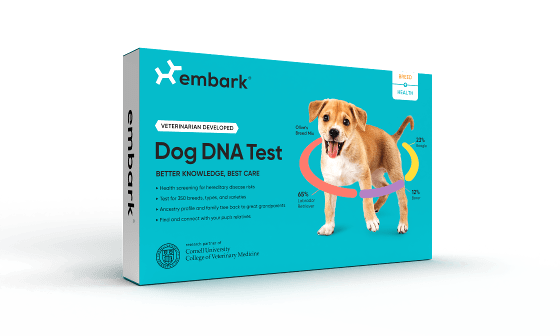Dog fanciers are passionate about their breeds and the unique attributes that define breed type, characteristics, and temperament. Generations of careful breeding and selection have helped to refine these breed-specific traits and allow everyone to enjoy the remarkable variation that is represented in hundreds of purebred dog breeds.
At Embark, we celebrate and support the dog breeders who have worked passionately to produce exceptional dogs. We share their mission and appreciate the opportunity to contribute our expertise in genetic health risks to this important pursuit.
What is a reference panel?
We understand it can be concerning when a purebred dog is tested using Embark for Breeders DNA test, and the results indicate the dog is a mixed breed. While this is uncommon and can be an indication of crossbreeding, there are also situations where purebred dogs receive this result.
When Embark conducts a DNA Test on a purebred dog, we use a proven scientific approach to assess the genetic makeup of the dog using a process involving reference panels. A reference panel is a group of dogs that have all been registered as purebred in a particular breed. Embark’s reference database of tens of thousands of purebred dogs is the largest and most diverse in the world. This database is used to identify a genetic signature unique to the breed but does not include every dog in every breed.
Why would a purebred dog not match the breed reference panel?
For various reasons, the registered purebred dog tested by Embark may not perfectly match the genetic signature of the reference panel. One example is the dog may have an ancestor that is in a closely related breed which was utilized prior to the closing of the breed’s studbook many generations ago. Another reason is that the dog may come from a bloodline that is geographically very distant from the group of reference panel dogs. These results in no way affect the registered “purebred” status of the dog or its standing with the registry. In fact, because these dogs usually contain genetic signatures not common in the breed, they can be highly useful for maintaining or even increasing genetic diversity in the breed.
For a deeper dive, take a look at how a purebred dog’s DNA may diverge from that of the reference panel.









